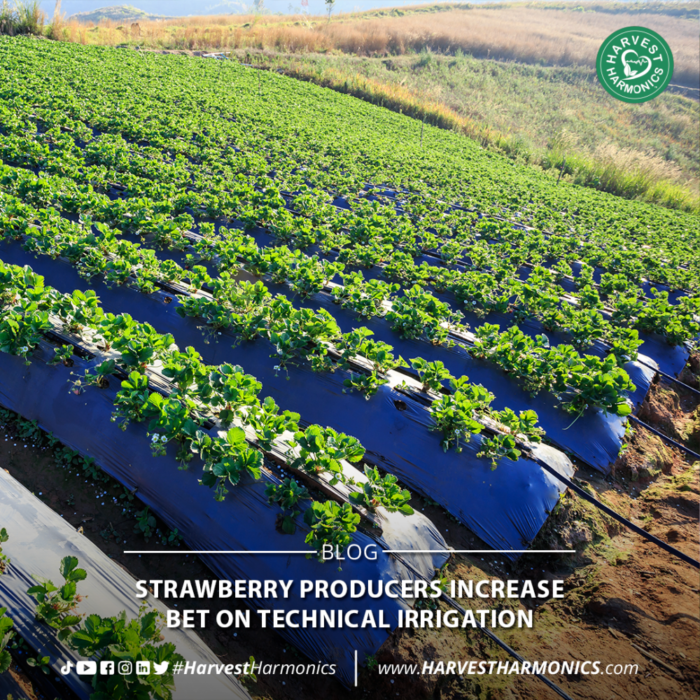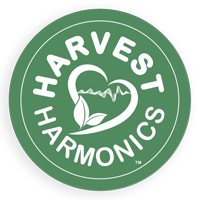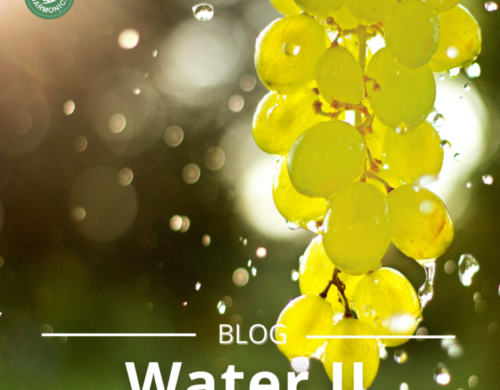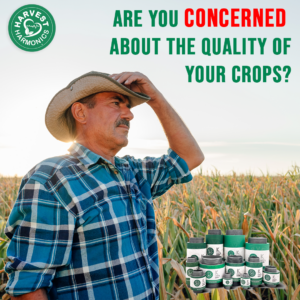Strawberry Producers Increase Bet on Technical Irrigation

With their sights set on the next fruit campaign, companies are installing mulch and irrigation tape, which means a greater installed area regarding past years and better production yields.
As the Peruvian strawberry production grows, concerns about its environmental impact increases. Something that is evident given this crop’s dynamism, especially in Lima’s small north valleys, where this campaign will produce around 2.200 hectares (5.436 acres), while at national level are between 3.500 to 3.800 hectares (8.648 to 9.390 acres) already installed. In this area is where 80% of the national market strawberries are cultivated, as well as the frozen ones for the main markets as USA, Canada, Korea, Japan and Europe.
Nonetheless, berries’ advisor José Cordero points out that this is an intense crop whose production requires a large amount of resources (water, energy, fertilizers, plastic, etc.) and that it generates a big environmental impact. One of the main impacts is in hydric resources, given that most of the farms take water from the High Andean basins that supply to rivers all year round. “For this reason, the work of the user commissions of the hydraulic subsector that includes the Huaral, Huaura and Barranca valleys is essential”, he recommends.
At the same time, this is a fairly “sensitive” crop, so it is appropriate to adopt the most innovative agronomical practices. Along these lines, current cultivation techniques allow strawberries to grow successfully under certain different climate conditions, open-field plants, in a protected or soilless environment. “Despite this wide adaptability, only perfect irrigation management will guarantee excellent results, both in terms of quantity and in quality”, indicates the expert and points out that the adoption of a drip irrigation system and waterings’ correct planning are key to achieve good aesthetic and organoleptic quality and, at the same time, a high production.
Campaign with increased planting under irrigation tapes
It should be noted that in Peru for years it is cultivated under two types of cultivation and irrigation systems with different results. “In the first one, the ground level crop with gravity irrigation has average yields of 35 tons in the valley. And the second one, that is under ridges systems with mulch (plastic coverage at ground level) and irrigation tapes, is yielding an average of 45 tons in the valley”, Cordero underlines.
In view of this, he notes that this 2022 strawberry campaign a lot of mulch and irrigation tapes have been installed, showing a larger installment area than previous years. “We can clearly see a greater interest in support from some companies to motivate this type of planting; just in Huaral, Huaura and Barranca valleys there will be installed approximately 450 hectares (1.112 acres), only from small producers of 2-5 hectares (5-12 acres)”, he points out.
Regarding the production cost per hectare, he expresses that an increase has occurred, so today to install a hectare which consists of renting land, preparation, mulch, tapes, labor for planting and crops borders on 18.000 dollars. “And 27.000 dollars approximately the entire campaign, including fertilizer inputs, sanitation, and maintenance and harvesting labor”, he details.
However, he considers that with these costs it is urgent that the companies bet on designing programs for crop importations of new varieties that guarantee a higher production of kilos per plant and optimum varieties for the Peruvian valley.
As general manager of Agro Natural Park, he points out that advisories with programmed visits have started at a national level to train producers in management. “Currently, Chimbote (north coast) is developing strawberries with technical irrigation in the Pampa La Carbonera, in this area, our company installed the first strawberry in 2010, strawberries by gravity and technical irrigations and today there are around 80 hectares”, he remembers.
Likewise, he highlights that a little further north, in Piura, they started a strawberry project with the Ecosac company to evaluate the adaptability and behavior with which they have had very good results.
Overview of Exports
Regarding exports for this 2022, the specialist asserts that the demand for orders abroad is expected, despite the offers that other producing countries will propose, “but the price that will be handled this year is still uncertain, added to freight increases and others”. According to the consulting firm Agrodata, in 2021, strawberry shipments
increased by 37%, reaching US$61 million at an average price of US$2.01 per kilo, closing in December with 30.5 million of kilos, projecting for this year to reach 38 million kilos exported. If you would like to know more about our technology, contact us on our website www.harvestharmonics.com
Source: REDAGRICOLA
Press Room

Agricultural Technology for Farmers in India
Harvest HarmonicsTM New Biophysics Agricultural Technology For Farmers In India The Agricultural Biophysics technology, 20…
1

Organic Earth Tech, OETI, Launches One Million Dollar Technology
After hurricanes Maria and Irma, Puertorrican farmers are yet to receive the needed aid to recover. Organic Earth Tech…
0

Produce More From Less
CEO Harvest Harmonics Frank Arlia speaking at Replenish. Earth interview by Tia Kansara – London Climate Action Week. How…
0

Replenish Earth and the Environmental RE Talk Series
Replenish Earth and the environmental RE Talk Series event that reunited the top thinkers in the world Harvest Harmonics…
1
Related Posts
2024 India Just Agriculture Frank’s presentation
https://www.youtube.com/watch?v=g_4vdtXBVsA&ab_channel=HarvestHarmonics The Crop Booster by Kyminasi Plants consists of...


